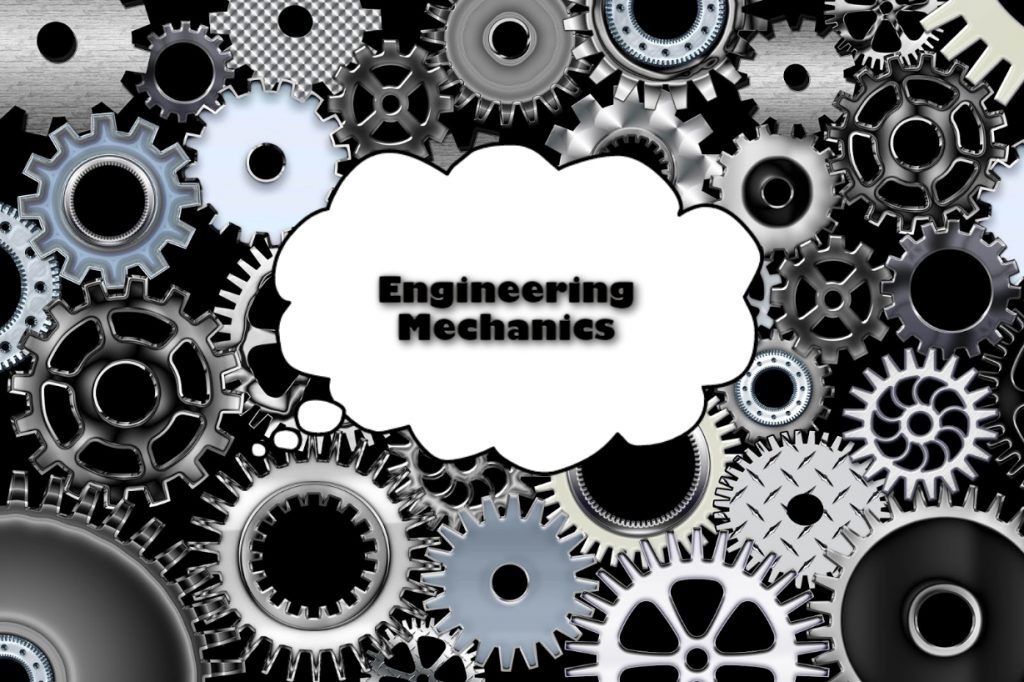11. A lead ball with a certain velocity is made to strike a wall, it falls down, but rubber ball of same mass and with the same velocity strikes the same wall, it rebounds. Select the correct reason from the following:
A. both the balls undergo an equal change in momentum
B. the change in momentum suffered by rubber ball is more than the lead ball
C. the change in momentum suffered by rubber ball is less than the lead ball
D. none of the above
12. If P is the force acting on the body, m is the mass of the body and a is the acceleration of the body, then according to Newton’s second law of motion,
A. P + m.a = 0
B. P – m.a = 0
C. P x m.a = 0
D. P/m.a = 0
13. If the resultant of a number of forces acting on a body is zero, then the body will not be in equilibrium.
A. Yes
B. No
14. The friction experienced by a body, when at rest, is known as
A. static friction
B. dynamic friction
C. limiting friction
D. coefficient of friction
15. The moment of inertia of a solid sphere of mass m and radius r is
A. 2mr2/3
B. 2mr2/5
C. mr2
D. mr2/2
16. The matter contained in a body is called
A. impulsive force
B. mass
C. weight
D. momentum
17. The center of percussion is below the center of gravity of the body and is at a distance equal to
A. h/kG
B. h2/kG
C. kG2/h
D. h x kG
18. If a number of coplanar forces acting at a point be in equilibrium, the sum of clockwise moments must be __________ the sum of anticlockwise moments, about any point.
A. equal to
B. less than
C. greater than
19. The forces, which do not meet at one point, but their lines of action lie on the same plane, are known as coplanar non-concurrent forces.
A. Agree
B. Disagree
20. If three forces acting at a point be represented in magnitude and direction by the three sides of a triangle, taken in order, the forces shall be in equilibrium.
A. True
B. False
